Should I Fix It or Replace It? – Toilets
Summary: The Throne. The Can. The Porcelain God. Whatever funny name you might call it, toilets have rightfully earned their title and place in everyone’s home so it’s important to know whether to fix it or replace it. I mean, it’s proper hygiene after all. Whether you’ve just got a brand new home with a brand new “Oval Office” or have...
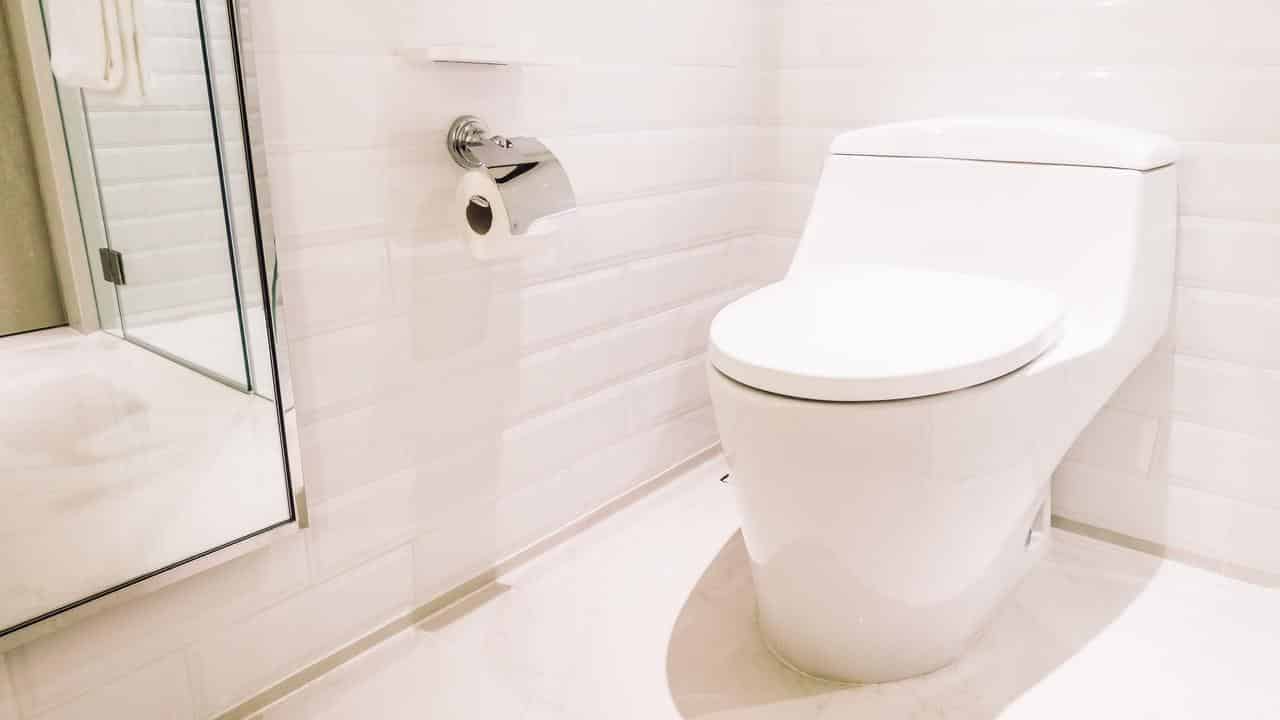
The Throne. The Can. The Porcelain God.
Whatever funny name you might call it, toilets have rightfully earned their title and place in everyone’s home so it’s important to know whether to fix it or replace it. I mean, it’s proper hygiene after all. Whether you’ve just got a brand new home with a brand new “Oval Office” or have had the same one for decades, a home isn’t a home without a toilet.
As we mentioned in our last blog post, not all home systems last forever and toilets are on that list of appliances. The bright side is they’re very resilient; a quality toilet can last up to 50 years! But over the course of those years, they may face issues that warrant repairs. If severe enough, they may need to be replaced.
Let’s go over the signs to look out for when it comes deciding whether to fix it or replace it.
If the leaks/puddles are by the bottom of the toilet
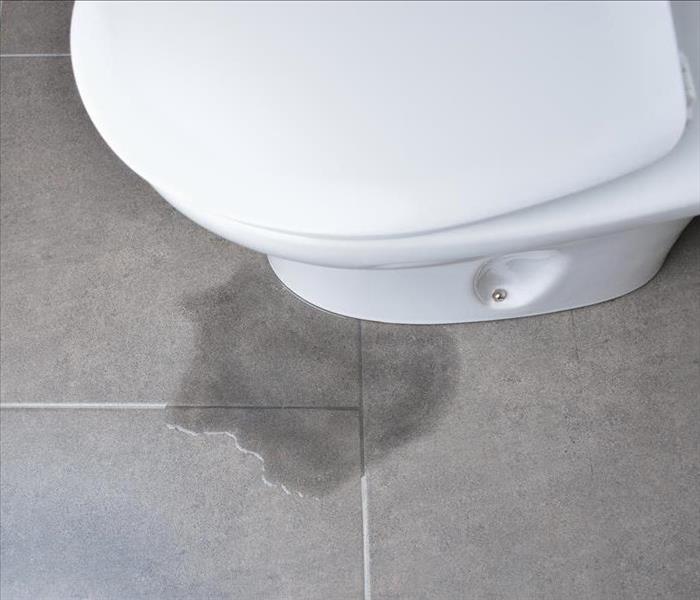
A tiny puddle of water forming by the base of the toilet is always a bit concerning. When you see a leak like this occur, the answer to fix it vs. replace it isn’t so clear. Regardless, we highly recommended getting a professional plumber to diagnose this one. The job involves detaching the toilet from the base and inspecting for cracks as well as the condition of the wax ring.
One big sign it can be the wax ring is if your toilet rocks back and forth. The toilet constantly places weight on the wax ring, so repeated use over the years will eventually depress the ring out of shape and cause it to be unbalanced, hence the rocking.
An additional sign to look out for is if smells like sewer or septic near the toilet despite lack of use. Never a pleasant scent but a sure tale sign that the wax ring needs replacing soon.
If your toilet’s wax ring has worn down, the slightly good news is that it’s probably one of the cheapest problems to have with a toilet. The bad news is you have to move the entire toilet to make the replacement. The wax rings tend to go for under $10 at your local home improvement stores, so if you’ve got the manpower and skills to DIY this one, then it can be a cheap fix.
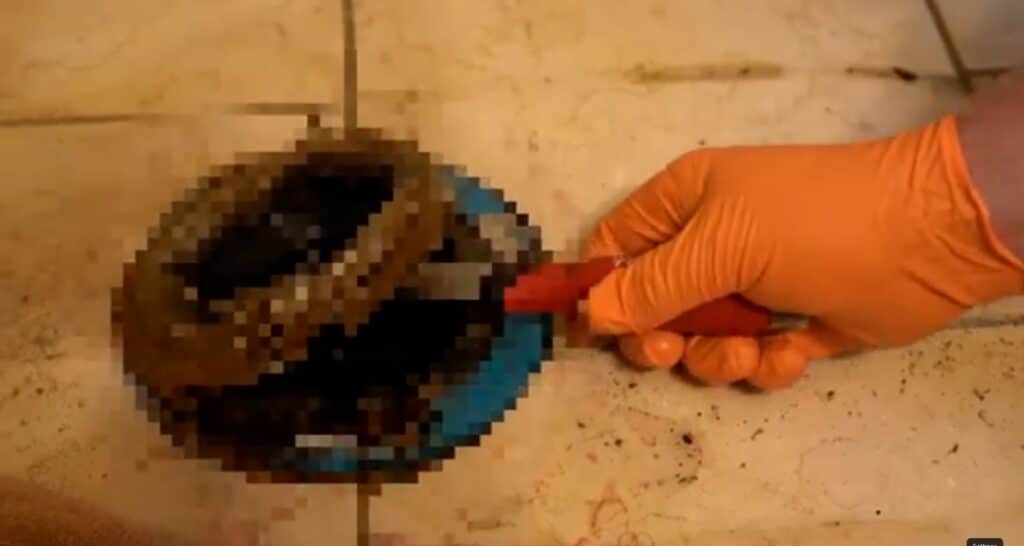
However, if moving an entire toilet is not within your means, get a plumber out there to make the replacement.
The main reason for our recommendation of getting it inspected by a professional plumber is looking out for those cracks and faults in the toilet. They can be easily overlooked by the untrained eye. If they are present, then it’s an unfortunate sign that the toilet will need a full replacement. Ignoring these critical signs can result in a broken toilet and a flooded bathroom!
A cheap toilet will probably start right about $100 and can get pricey once you start adding in options, like built-in bidets and such. Quite the world we live where some toilets cost as much as a down payment for a car…
To sum this up, if it’s the wax ring, fix the toilet by changing the wax ring. If there are cracks on the toilet bowl, replace the toilet.
If the leaks/puddles are by the water tank of the toilet
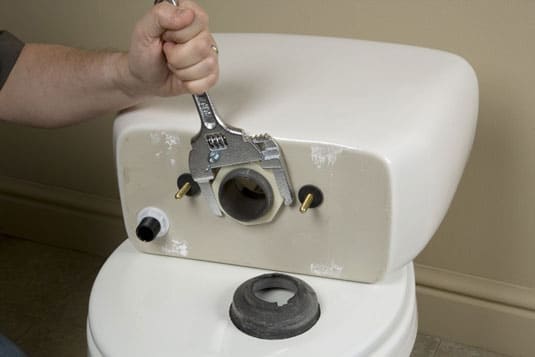
This situation faces a similar set of solutions as before. The most common reason for these leaks to happen is because of loose rubber washers or bolts that attach the tank to the bowl. If this were the case, any water leaking would be coming from the areas where the bolts are. Simply tightening those bolts can be the solution.
If that wasn’t enough, replacing the washers would be the next step. These washers are relatively inexpensive as well, making it another cheap fix for our DIY readers here. As mentioned, hire a plumber if that’s not within your means to DIY.
On the other end of the spectrum, if the water leak from the tank is constantly dripping from an area nowhere near those bolts, there may unfortunately be a crack in your toilet. That’s going to need a full replacement as well.
If it’s leaky from the bolts/washers, fix it by tightening them. If there are cracks on the toilet tank, replace the toilet.
If the toilet is constantly running water
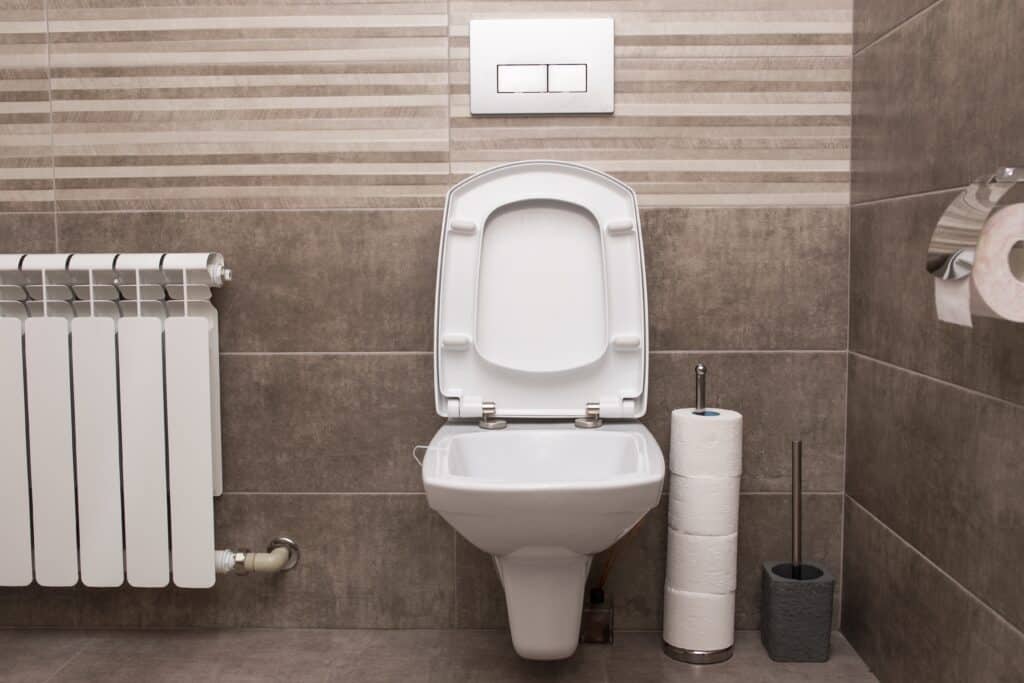
You might have noticed your toilet during the day or night with a constant flow of water as if it’s refilling the bowl forever. You can rest assured; this is not critical like an external crack on your toilet.
However, it’s still worth your attention and action. One of the inner mechanisms of the toilet has probably gone bad. With the water that’s getting wasted, your water bill could go way higher than normal.
It’s possible that your toilet’s flapper is defective and needs replacing. This part allows the water in the tank to flow down to the bowl. If you notice the water is consistently moving down into the bowl, then it’s a sign that it’s time for a flapper replacement.
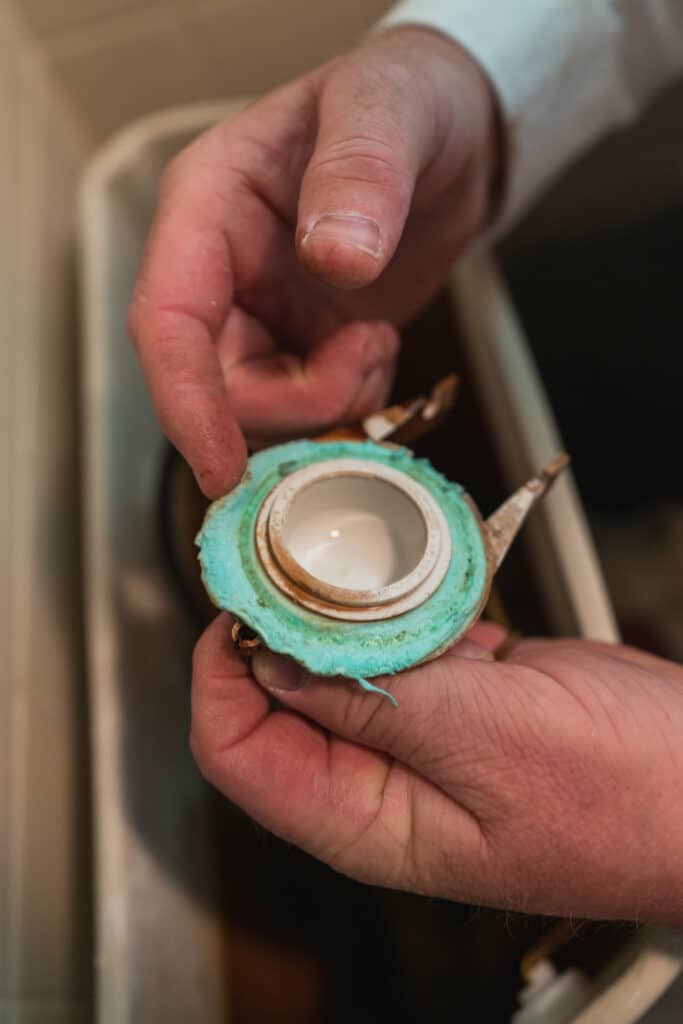
It’s another relatively inexpensive part that a DIY homeowner can save money from replacing themselves. However, if you need help or unsure, Service Stars is more than ready to assist you.
If the toilet is constantly running water from the tank to the bowl, you may be able to fix it with a new flapper. However, any internal cracks that lead to the exterior will need a toilet replacement.
If condensation is forming on the toilet tank
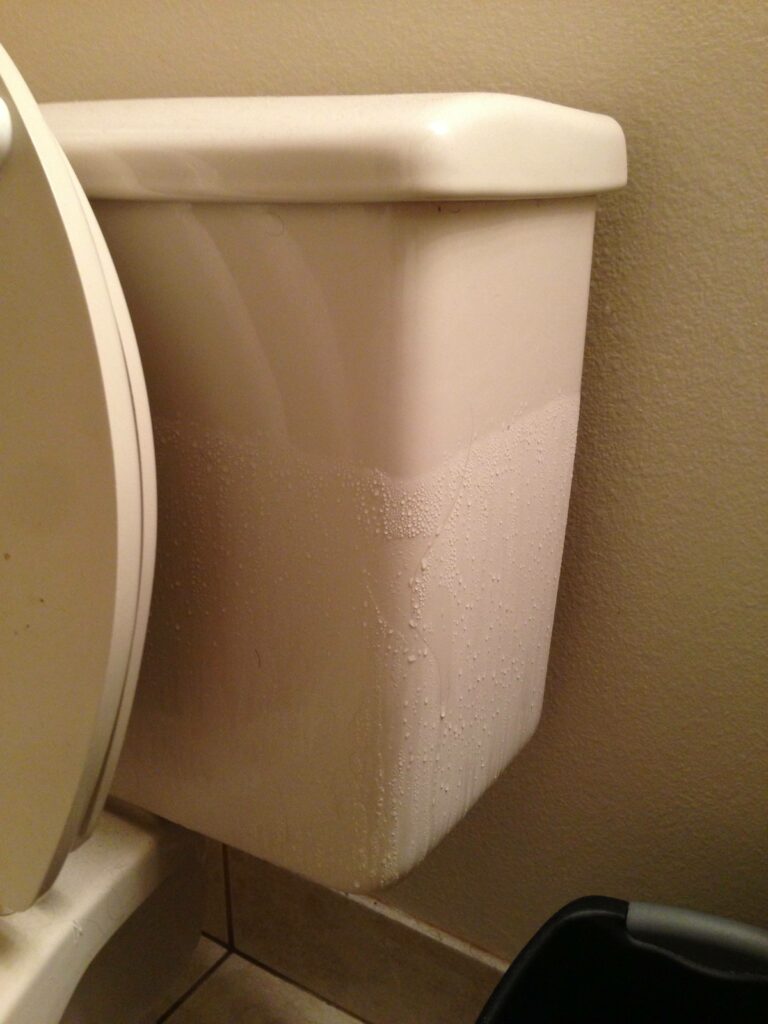
Here’s a scenario that may cause some concern when you see it. Thankfully, it’s even less to worry about than the toilet flapper. It’s a natural occurrence when the water going into the toilet is very cold and the bathroom has a warm humid environment.
The only thing really to look out for is if the condensation is causing large puddles or wetting the wall behind it. That could potentially be a growth spot for mold and water damage if left unchecked.
There is specialized equipment to handle this, such as covers for the toilet and anti-sweat valves that warm up the water before it enters the toilet tank.
Depending on where you live, condensation on a toilet can be common, especially during the winter months. No repair or replacement is needed on the toilet, although preventative hardware is recommended in more extreme cases of condensation.
Other issues and quirks to address
We’d love to cover every single thing that we’ve come across in the field, but this post would go on forever. After all, every home is unique and you can almost say the same about toilets and their problems.
One case that our plumber Eric came across in a client’s home was their toilet having a constant flow of water and a flush lever that was extremely loose. While the constant flow turned out to be a bad flapper, the flush lever problem turned out to be an incompatibility with the brand of the toilet the client had. The incompatible flush lever was installed by the client’s relative, who thought that would solve the constant flow issue as well.
Fortunately, Eric had the correct version of the flush lever in his truck, so it was ready to install the same day and solved the flush lever issue as well! You can watch the quick job Eric performed below:
I figured I’d include this anecdote because I didn’t know that the wrong flush lever installed could even be an issue until I hopped along with this job. I was under the impression that parts such as flush levers would always be universal, but I stand corrected.
I personally wouldn’t be able to tell you which parts are universal and which are proprietary, but I know that a professional would be able to do that for me. For our DIY’ers, make sure to do thorough research on what parts are compatible with your toilet before purchasing them.
Our recommendation for every homeowner is if you are unsure or don’t know about repairing/replacing something in your home, get professional help.
Thanks for joining us on our second post for The Homeowner’s Guide! We hope that this post brought some sort of value to you as a homeowner. Keep an eye out for next Friday’s post! ⭐️

